-
GETTING THERE
-
As Qinghai is in the heart of the Chinese interior, the best way to get there is by domestic flight from one of the nearby Chinese cities.
A flight to Caojiabao airport in the provincial capital, Xining, takes about 11/2 hours from Xi'an, two hours from Chengdu or nearly three hours from Beijing.
Xining is well-served by local carriers such as Hainan Air, China Southern, China Eastern and Air China. Within Xining, taxis and didi (China's version of Uber) cars are easy to hail and to get around in.
But once you are ready to explore beyond the city, a car and driver are recommended as Qinghai's key places of interest are far-flung and there is much ground to be covered every day should you wish to see most of them.
Budget at least three days to be able to catch the top attractions, such as Chaka Salt Lake and Sun and Moon Mountain.
TIPS
• Most tourists opt to see Qinghai as a circuit, starting and ending in Xining, as the major sights lie around Qinghai Lake.
• Besides the altitude, roads can be winding, so travellers susceptible to giddiness should pack the necessary medication.
• Pack plenty of water, snacks and perhaps a playlist of road-trip music to help you enjoy the hours- long journeys from place to place.
Colourful whirl of Qinghai
The western province deep in China's interior is a place of dreamscapes and a melting pot of ethnicities
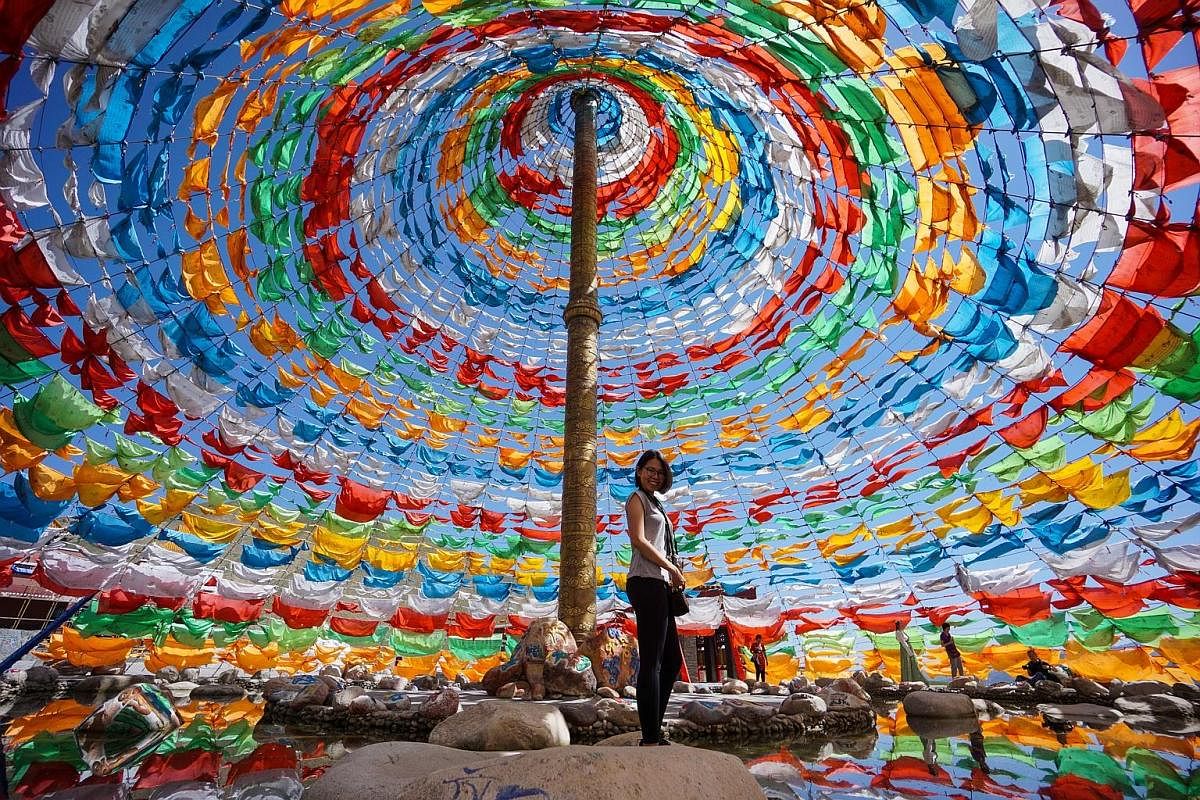
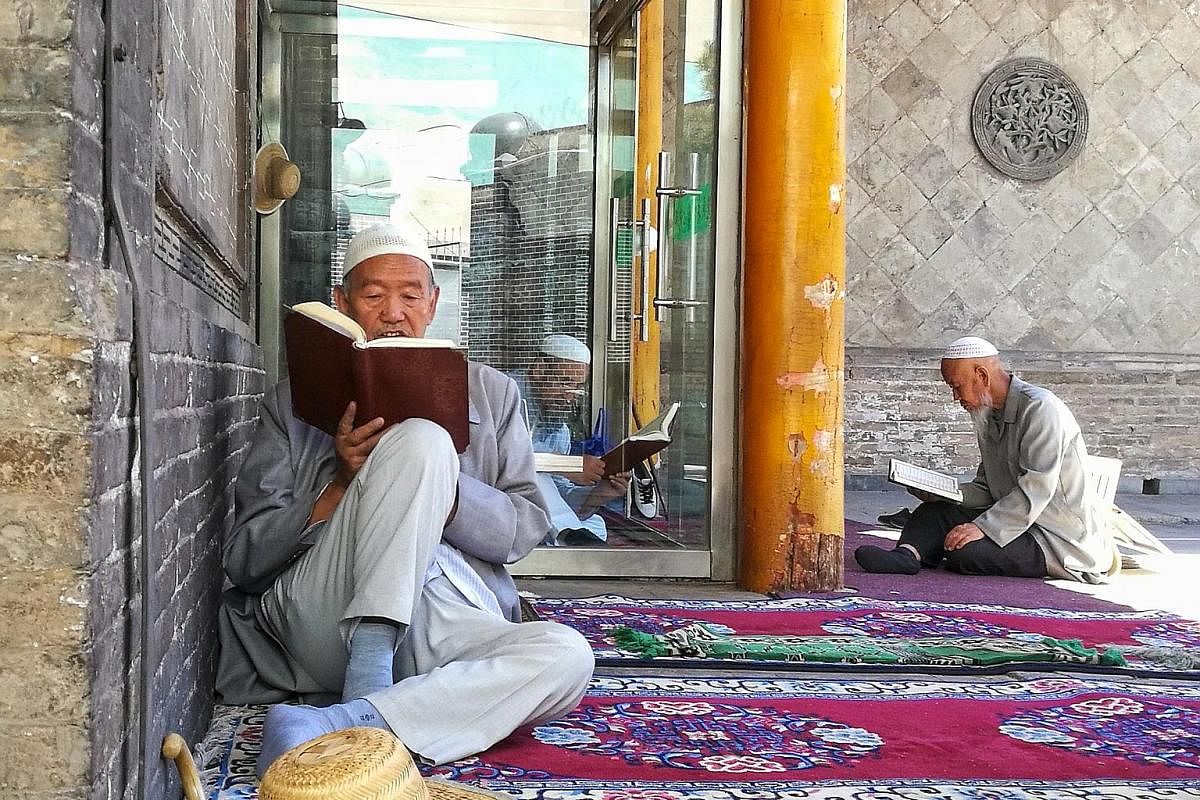
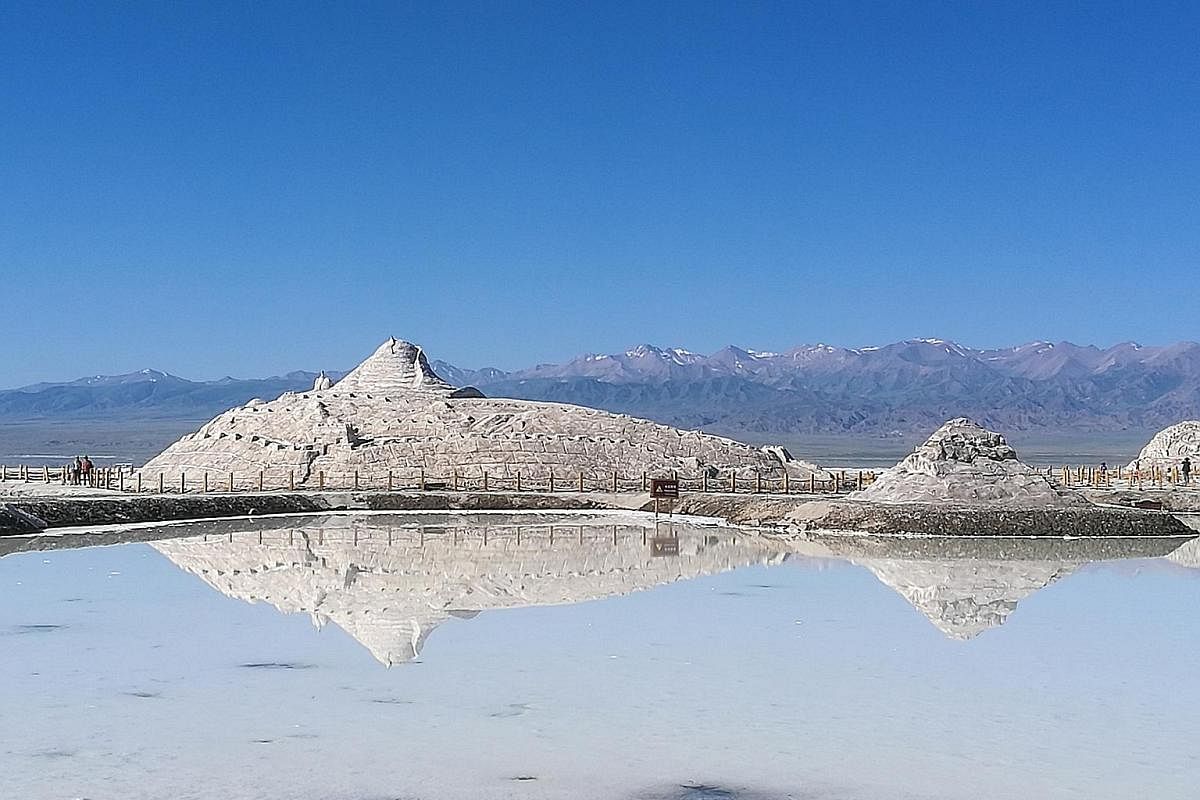
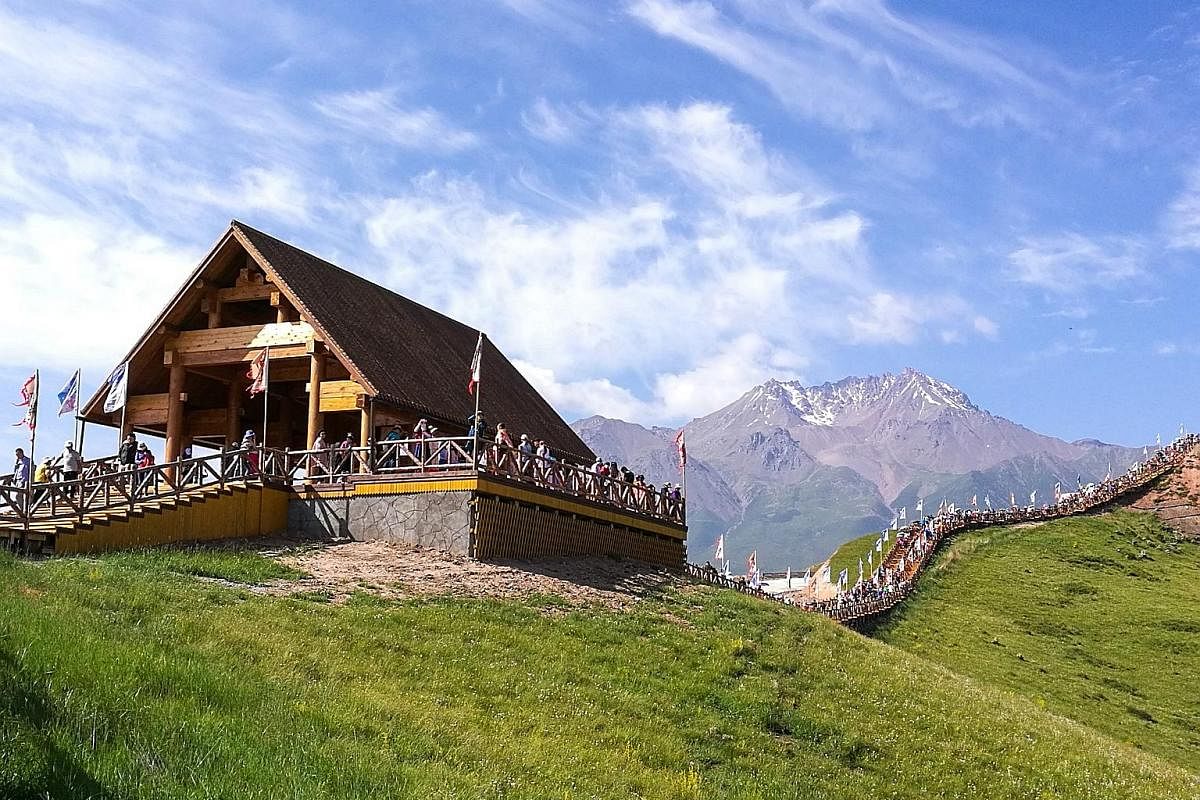
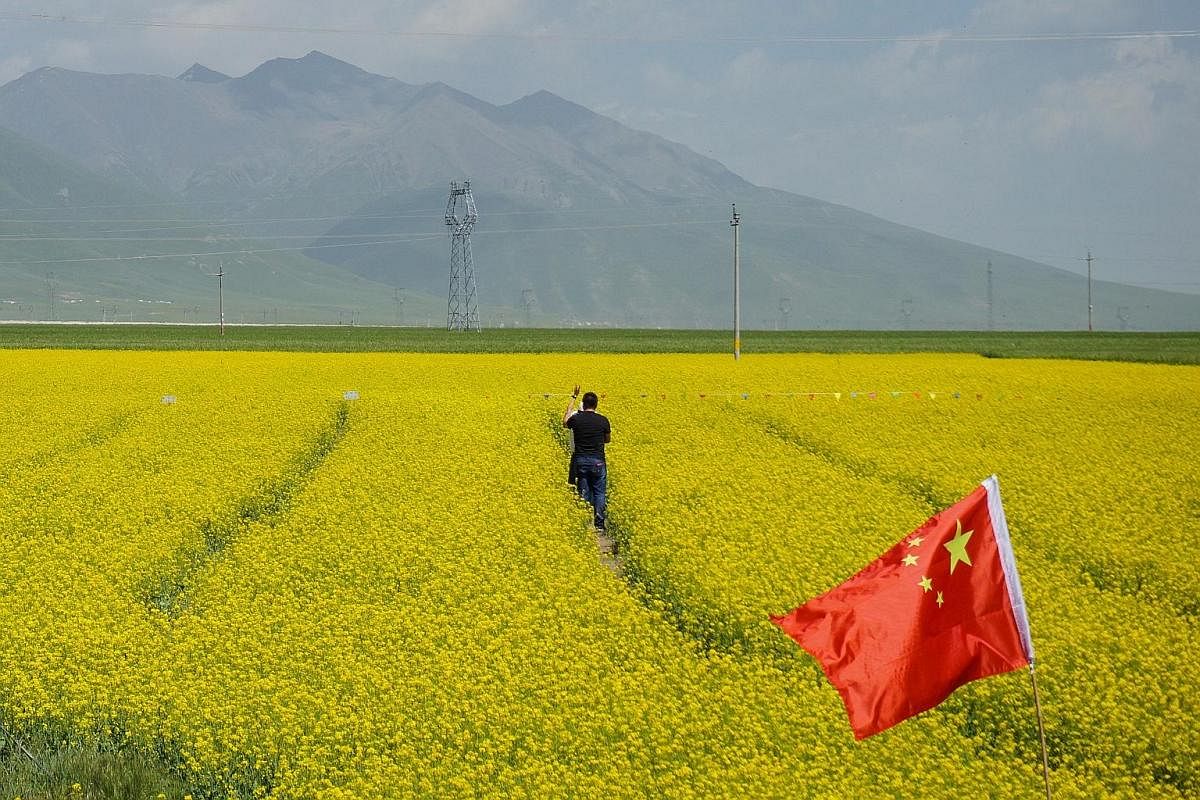
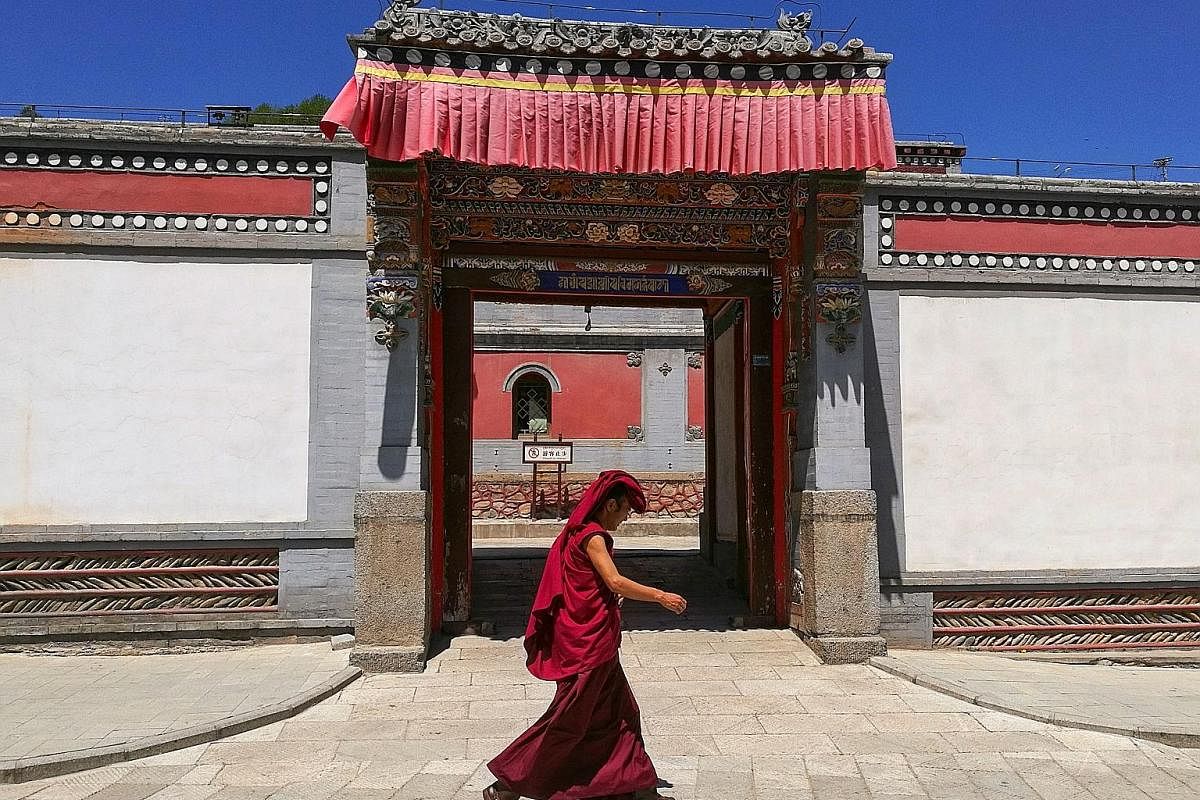
To visit Qinghai is to catch a glimpse of the rugged soul and mystical heart of China.
Tucked deep in the interior and sitting at 3,000km above sea level on the Tibetan Plateau, the western province reveals a rare side of China, far away from its mega-cities and well-trekked mountains.
Here, the landscapes wow with their vastness rather than their lofty heights. My three travel companions and I drive past rolling prairies so immense thatgrazing herds look like tiny white dots.
Golden fields of canola flowers, cultivated for their oil, stretch as far as the eye can see, their yellow bulbs standing in stark contrast to the cloudless, cobalt skies.
Qinghai Lake, China's largest lake, gives the province not just its name, but also a sense of unearthliness. Called Kokonor, or Teal Sea, in Mongolian, its shimmery blue waters make the adjacent road feel like an ocean highway - despite the lake being in a landlocked territory - as one drives along it.
Things get more surreal at Chaka Salt Lake, where the ground is as white as Antarctic snow, even though the air is a scorching 35 deg C.
The clear waters create a perfect facsimile of the sky and visitors treading across the shallow alkaline lake look like they are walking on a giant mirror, which helps explain the lake's nickname, "China's mirror of the sky".
But Qinghai has more than dreamscapes and natural beauty as I discover on our six-day summer journey.
Its legacy as a major artery of the ancient Silk Road endures today and its cities remain a melting pot of Han, Tibetan, Hui and Mongol people, alongside 33 other ethnicities.
So one day, I am visiting the Great Dongguan Mosque, a Ming dynasty- era mosque in the capital city, Xining, that blends Chinese glazed roofs and watercolour scenes on lamps with Arabic minarets.
The next, I am touring Kumbum monastery, a Tibetan gompa (place of learning) founded by the third Dalai Lama.
It is considered one of the most important pilgrimage sites of Tibetan Buddhism, filled with priceless frescoes, thangkas (silk appliqued embroidery) and Technicolor yak butter sculptures.
Surrounded by a swirl of chanting monks, prostrating devotees and ever-turning prayer wheels, the monastery, located just outside Xining, feels as hallowed today as, I imagine, when it was built more than 400 years ago.
The two facets of religious beauty and natural wonder meet in Qinghai's great outdoors, where lines of primary-coloured Tibetan flags blow their mantras and blessings into the wind.
And the result is an experience of China unlike any other.
Join ST's Telegram channel and get the latest breaking news delivered to you.
A version of this article appeared in the print edition of The Sunday Times on August 27, 2017, with the headline Colourful whirl of Qinghai. Subscribe


